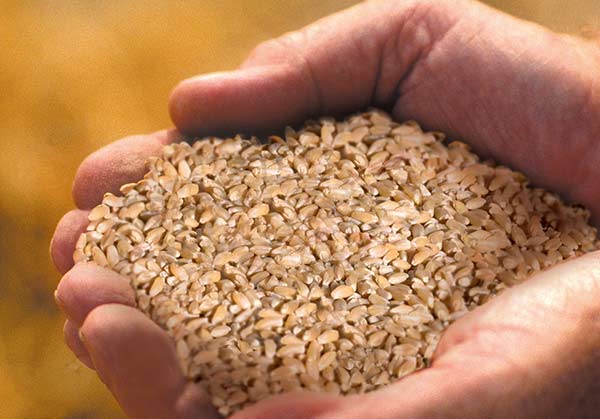Taglierini n° 105 all'uovo
Taglierini are originally from northern Italy - Emilia Romagna, Liguria, Tuscany and Lombardy - but above all from Piedmont and the Langhe hills around Alba whose culinary tradition has handed down the recipe of the "tajarin", old-fashioned handmade taglierini.
According to rural tradition, this type of pasta was created from the leftovers of filled pasta. An extract taken from the recipe book "Science in the Kitchen and the Art of Eating" by Pellegrino Artusi, printed for the first time in 1891 in Florence, testifies to the origins of Taglierini from "poor" country cooking: ".first of all a capon was used to make a good broth. Broth is an essential component in Tuscan cooking in which, if the cook in question was experienced enough, would have put tortellini or cappelletti or whatever they are called, otherwise he would have had to make do with the more humble taglierini."
The history of taglierini is not just exclusive to Italy. As a matter of fact, in Japan they eat extra-long taglierini at New Year where the length symbolises a long and happy life. There is a Korean tradition in December which is also linked to popular customs. The people living in the north of the country eat buckwheat taglierini called naengmyon to drive away evil spirits.
Taglierini are a very versatile type of pasta and there are a variety of recipes and condiments that go very well with it. They are excellent in broth for a light, nutritious first course. For those who prefer more marked flavours, you can try different tasty, strong sauces like those made with game or offal. For those who like the taste of the sea, Taglierini are also perfect for making delicious first courses based on fish and shellfish. They are especially good with just butter and truffles.
Available in 250g packs
- Cooking time: 3 min
Our method
Attention, care, experience, quality at every stage: from our mill to your table.
Tagliolini n° 106 all'uovo
Tagliolini No 106 are part of the family of long pasta, wound into skeins made from thin rustic sheets of pasta.
The origin of this pasta is contested between Genoa, Naples and the Ciociaria area (central Italy).
It dates back to as early as the 17th century as shown by the "Bando contra Vermicellari" (Announcement to the Vermicellari district) issued in October 1602 in which the latter was ordered to adhere strictly to the price caps for the price of certain types of pasta including "Tagliolini bianchi". Stiff fines were imposed on anyone who disobeyed this order. Girolamo Aleandri in "La difesa dell'Adone" (the Defence of Adonis - Venice 1630) refers to Tagliolini in a description of everyday life at court: "During gentlemen's recreation in the house of the Marquis of Pepoli, one said to the other as a joke that he must have been drunk on tagliatelli, that soup made with fine pasta strips, which in many places in Lombardy are called lasagnette, and in Rome (if I am not mistaken) tagliolini". A closer look at the more recent history of rural traditions in Abruzzo reveals that tagliolini were served in chicken or pigeon broth to nursing mothers because they were light, but also very nutritious.
The size of tagliolini makes them perfect for vegetable or meat-based broths. Their natural versatility makes them especially tasty in pasta dishes with light sauces made from tomatoes, butter or soft cheeses. In the Naples area, they are the main ingredient in traditional pasta pies and oven-baked pasta dishes.
Available in 250g packs






